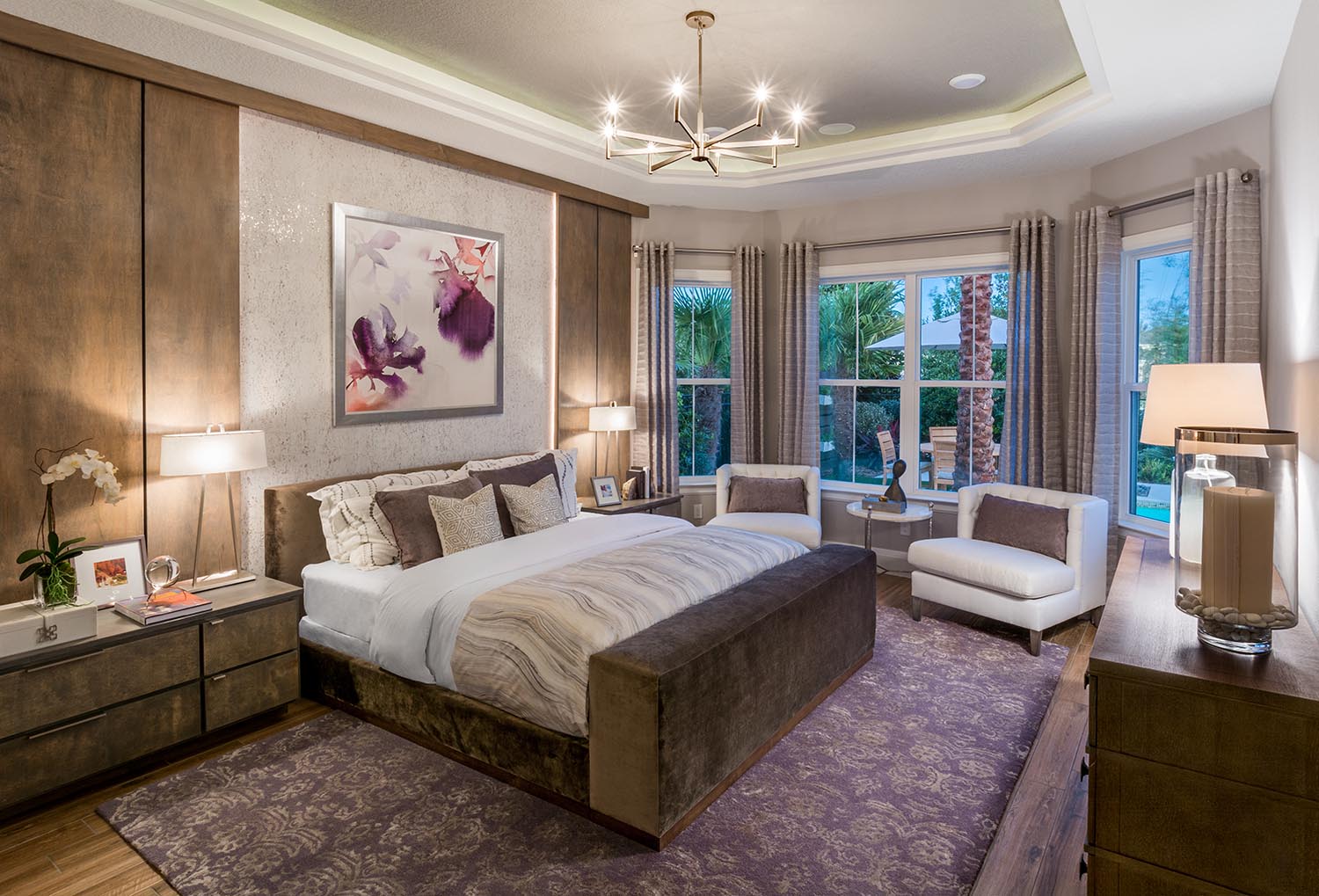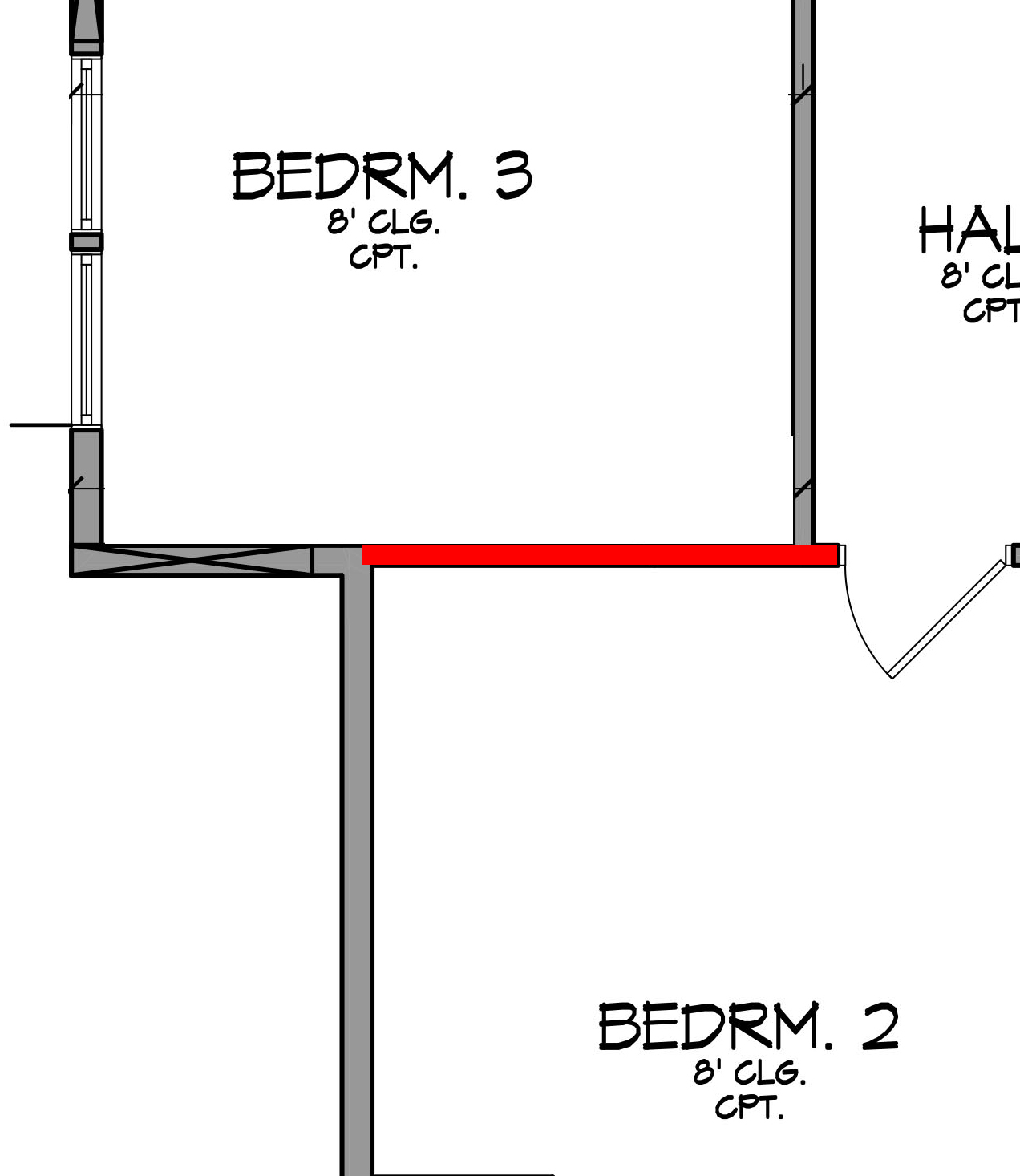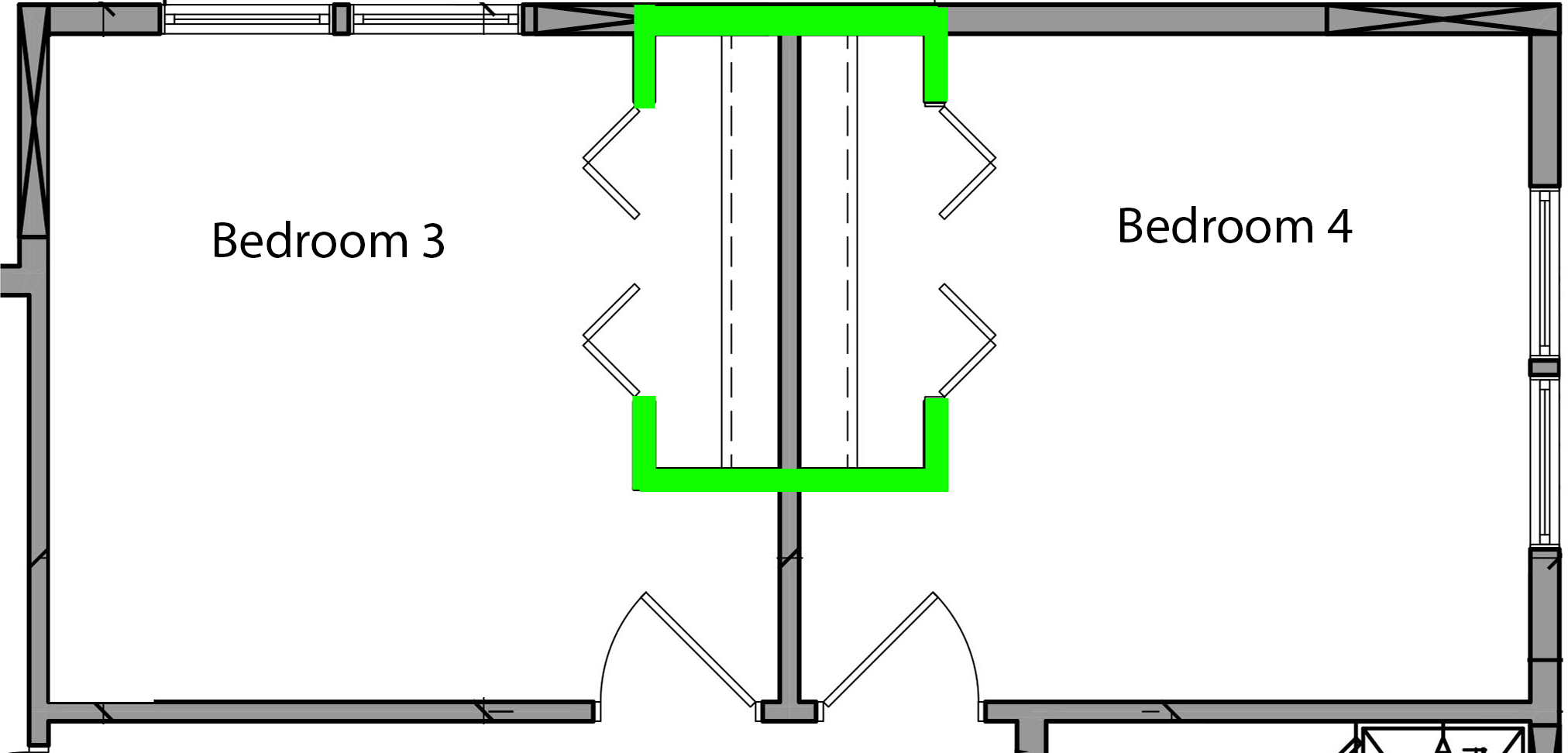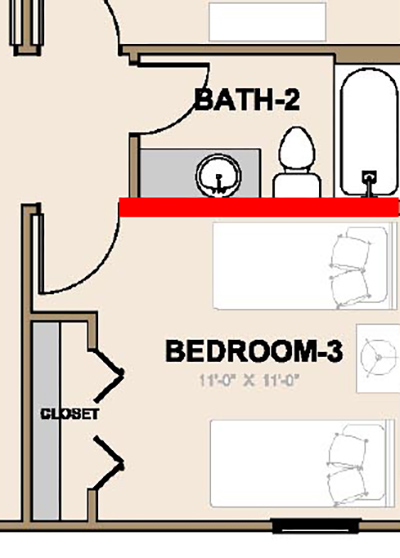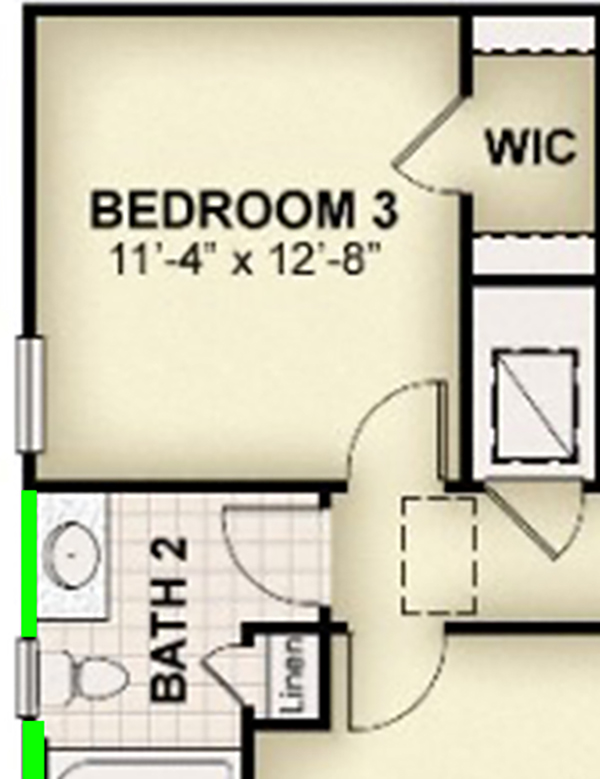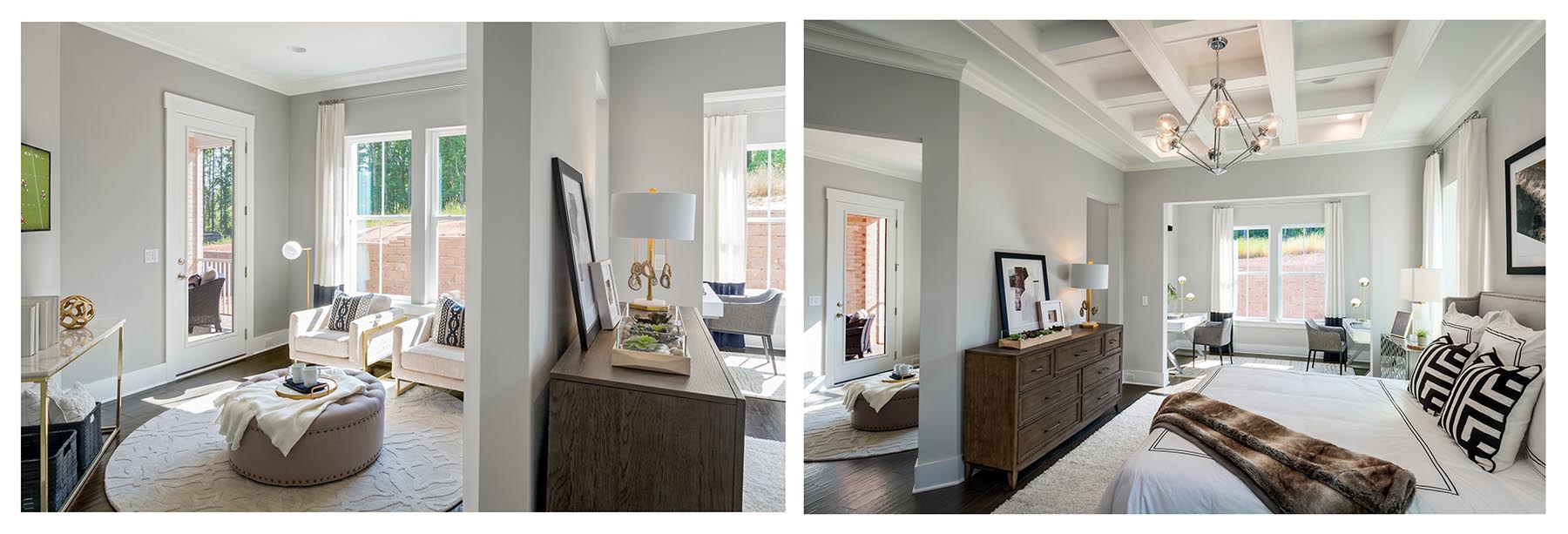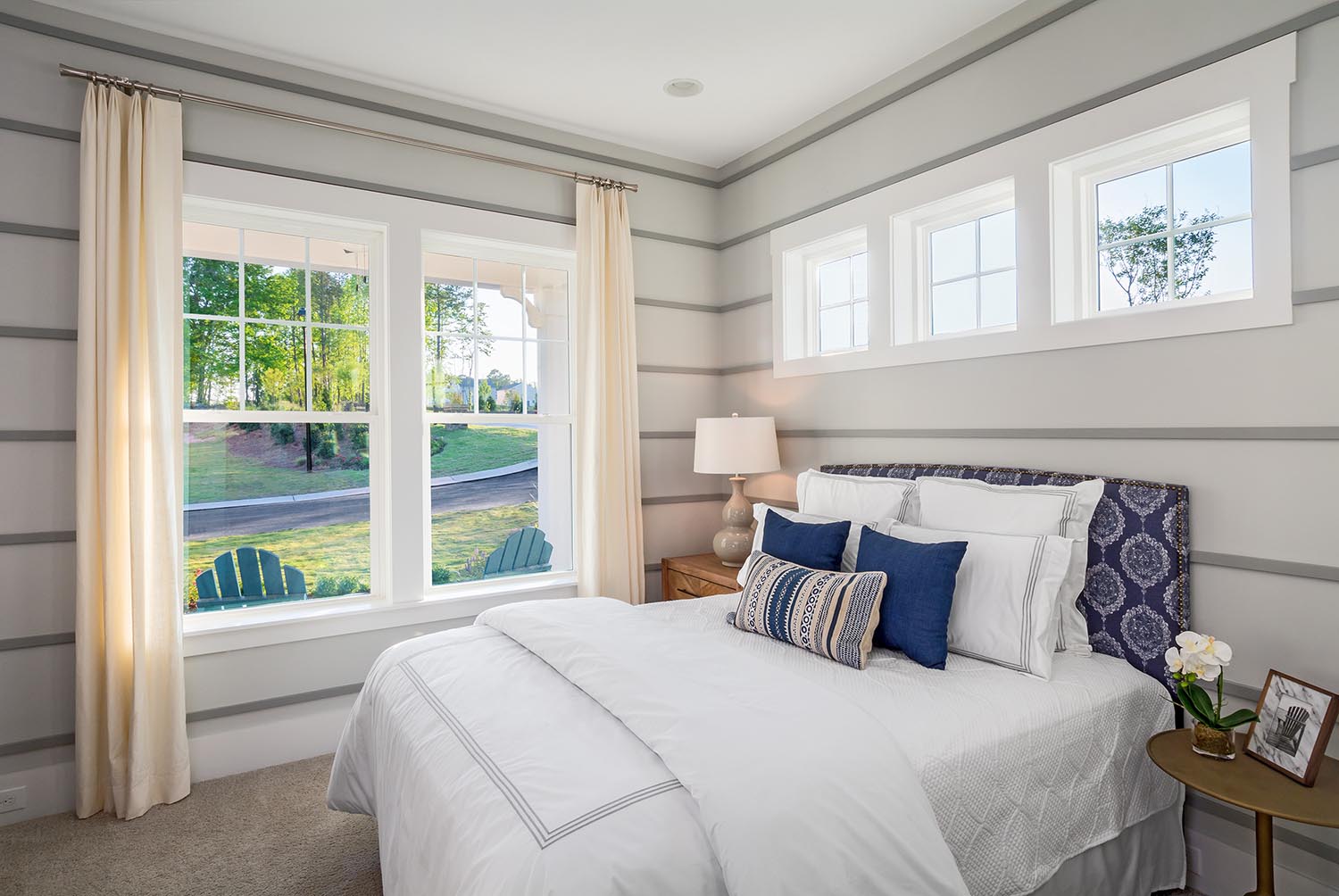Have you noticed how the “Sleep” industry has exploded in size and offerings? It doesn’t seem that long ago when there were a couple of mattress options – firm or soft. Who can forget about water beds – did any of my readers have those at one point? Are they even still around?
Then Sleep Number created a bed with adjustable firmness. Better yet – on their king beds each side could be different. Revolutionary! Next thing you know, our mattresses can raise or lower our feet and moderate our temperature. Throw in a seemingly endless array of sheets and pillows, and it is clear that our obsession with a good night’s rest is only increasing.
There is good reason to be concerned about sleep: “Poor quality sleep has been linked to high blood pressure, diabetes, heart attack, heart failure, or stroke” according to WebMD. “Other potential problems include obesity, depression, reduced immune system function, and lower sex drive.”
Homebuilding’s Role
So where does the home building industry fit into this long-winded discussion of sleep? Fabulous sheets, pillows, and mattress won’t solve your sleep problems if you have a poorly designed bedroom. What about these bedrooms are good for sleep? What things should be avoided? Are we pointing out to our buyers these very things that could benefit them long term?
Here are three things to think about:
• Eliminating unwanted noises from outside the bedroom
• Eliminating unwanted noises within the bedroom
• Controlling the light
Unwanted Noises and acoustical buffers
The kids
Thanks in large part to the baby monitor, we now design homes where the primary bedroom is split away from the kids’ rooms. Once the kids reach a certain age, parents don’t need (or want) to hear them – they just want to get sleep. Typically, the primary bath, closet, or both becomes the acoustical buffer. Better yet, locating the secondary bedrooms on the opposite end of the house or on a different floor.
But let’s focus on that different floor part. Simply putting the kids on the floor above isn’t enough. You want to make sure the kids’ bedrooms or playrooms are not directly above the primary bedroom. Never underestimate a child’s ability to stomp around like a troll when you’re trying to sleep.
Back-to-back kids’ bedrooms are also undesirable and should be avoided if possible. However, it is not as critical as young children can sleep through almost anything including smoke alarms. Of course, young kids do grow up so added closets between bedrooms is always a good idea.
Plumbing noises
Another good design practice is to avoid pluming on bedroom walls. This includes bathrooms and laundry rooms. Less critical is the primary bath to primary bedroom since one of the sleepers is using the room. Often overlooked but often overheard are the plumbing sounds from a floor above if the drain is in the bedroom wall. If you can’t move the drain to a more suitable wall, at least wrap it in insultation. I’ve also heard that cast iron pipes are better at containing the noise than PVC.
Outside the home noises
When the unwanted noise comes from outside the home, a different approach needs to be considered. Double or triple pane windows can be a big help – but consider adding an ambient sound such as a water feature. Adding a white noise inside the room can also help. Recently, in a Brooklyn hotel (who knows more about living with noise than NYC?), I was pleasantly surprised to find such a device next to my bed. Good thing, as there was a party outside my room 12 floors down that I could still hear loud and clear – until I turned on the device. My only regret is not getting a picture of it for this blog.
Unwanted noises inside the room
The most common unwanted noise inside the room (other than the alarm clock) is a snoring partner. Unfortunately, this becomes more common as we age. Things that contribute to snoring are aging, weight gain, and alcohol. One of my girl friends wears ear plugs at night so she doesn’t hear her husband. Another friend has a bed with a low vibration that helps drown out snoring. An increasingly common solution is to have separate sleeping areas. There is still a stigma attached to this, so some couples might not want to admit that they don’t sleep in the same bed to their builder or sales consultant. Having an adjacent room to escape to can be the answer – especially if that room has a murphy bed.
Controlling the light
Perhaps you have heard about blue light and how it messes with our sleep as it inhibits our production of melatonin – or the sleep hormone. Blue light sources include:
- Televisions
- Smartphones and tablets
- Fluorescent light bulbs
- LED light bulbs
- Computer monitor
There are a lot of people who look at these devices right before bed (guilty), making it harder to fall asleep. An old fashion incandescent bedside lamp and a book are a better pre-sleep alternative.
Controlling the light inside your bedroom once you turn off your bedside lamp is also critical, according to Dave Asprey. In this book Super Human, he recommend blackout drapes and more to block all outside light (even going so far as adding duct tape to seal the edges). Adding these type of window treatments to windows isn’t a big deal unless you have those cute-during-the-day windows above your bed.
He advocates for a pitch-dark room for sleeping. Then wake up gently with circadian light – a light source that comes on dimly and warm in color – like the sun rising in the sky. A few years back, the Las Vegas builder show had a tour with a house with just such lighting.
Now, I’m not sure how practical a pitch-dark room is for folks 55 and older whose bladders won’t them sleep through the night without a trip or two to the bathroom. And in my house, I get up much earlier than my husband, so who gets to wake up with the circadian light? Do we take turns on who gets to wake up gently – leaving the other starting their day off on the wrong foot?
The science and business of sleep has become one of the most important industries to our health and well-being. More and more, our industry is acknowledging the health benefits of good sleep. We, as builders and designers, should integrate the importance of sleep into our homes. If you’re a sleep-considerate builder or designer, do take a moment to educate your sales consultants and your buyers about all efforts made the design of the home to help promote great sleep.
Categorized in: Uncategorized
This post was written by Housing Design Matters


